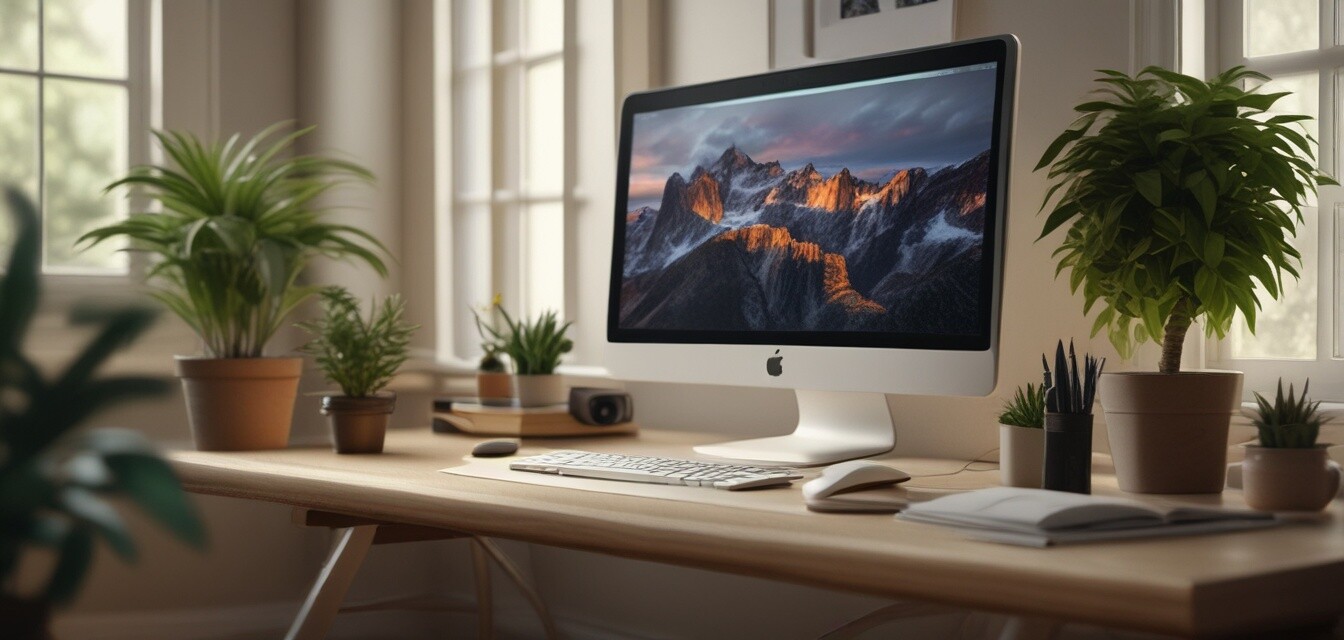
The Role of Mindfulness in Enhancing Home Office Productivity
Key Takeaways
- Mindfulness enhances focus and reduces distractions in home office settings.
- Simple techniques can be easily integrated into daily routines for better productivity.
- Creating a mindful environment may include decluttering and adding elements that promote calmness.
- Regular breaks and mindfulness practices can significantly impact overall well-being.
As more individuals transition to remote work, the need for effective productivity strategies has become increasingly vital. One approach gaining traction is mindfulness. Techniques and practices aimed at promoting mindfulness can play an essential role in enhancing productivity and well-being in home offices. This article explores how mindfulness can be integrated into your workspace for better results.
Understanding Mindfulness
Mindfulness is defined as the practice of being present and fully engaged in the current moment without judgment. This practice encourages individuals to focus on their thoughts and feelings to foster a heightened awareness of their surroundings. Incorporating mindfulness into daily routines, especially in a home office setting, can significantly improve focus and reduce stress.
The benefits of mindfulness in the home office
By employing mindfulness techniques, home office workers can experience numerous benefits:
- Improved focus: Staying present helps reduce distractions, allowing for deeper engagement with tasks.
- Reduced stress: Mindfulness practices promote relaxation, helping to mitigate the anxiety that often accompanies remote work.
- Enhanced creativity: A tranquil mind is more open to creative thinking, leading to innovative ideas and solutions.
- Increased resilience: Mindfulness teaches individuals to respond to challenges calmly, fostering adaptability in a constantly changing work environment.
Integrating Mindfulness Techniques into Your Routine
Implementing mindfulness practices doesn't require extensive time or resources. Here are some effective techniques to incorporate mindfulness into your daily work routine:
Tips for beginners
- Mindful breathing: Take short breaks to focus on your breath. Inhale deeply, hold for a moment, and exhale slowly.
- Regular breaks: Schedule breaks to step away from your screen and clear your mind. Even a five-minute walk can do wonders.
- Stay organized: A cluttered workspace can lead to a cluttered mind. Keep your desk clean and organized to encourage clarity.
- Focus on one task: Multi-tasking can divide your attention. Concentrate on one task at a time to increase effectiveness.
Creating a Mindful Workspace
Your physical environment can significantly influence your productivity levels. Here are some tips for creating a mindful workspace:
| Element | Impact | Suggestions |
|---|---|---|
| Lighting | Affects mood and energy | Use natural light or soft desk lamps to create a calming ambiance. |
| Plants | Enhances air quality & reduces stress | Incorporate indoor plants for a soothing natural touch. |
| Ergonomics | Impacts comfort & well-being | Invest in ergonomic chairs and desks to maintain good posture. |
Staying Mindful in the Digital Age
With technology being an integral part of our lives, it's essential to remain mindful of our interactions with digital devices. Here are some suggestions:
- Limit notifications: Turn off non-essential notifications to reduce distractions.
- Practice digital detox: Set specific hours to unplug from all devices, helping you recharge mentally.
- Engage with purpose: Use technology deliberately, focusing on tasks that enhance productivity rather than hinder it. Explore our article on setting up your workspace for more insights.
Conclusion
The role of mindfulness in enhancing home office productivity is increasingly recognized. By implementing simple mindfulness techniques and creating a mindful workspace, you can significantly improve your productivity and overall well-being. As remote work continues to thrive, embracing mindfulness may be one of the keys to achieving professional success and personal satisfaction in an ever-evolving environment.
Pros
- Increased focus and concentration
- Reduction of workplace stress
- Enhanced creativity and innovation
- Greater sense of well-being
Cons
- Requires consistent practice
- Initial discomfort with meditation techniques
- May not yield immediate results